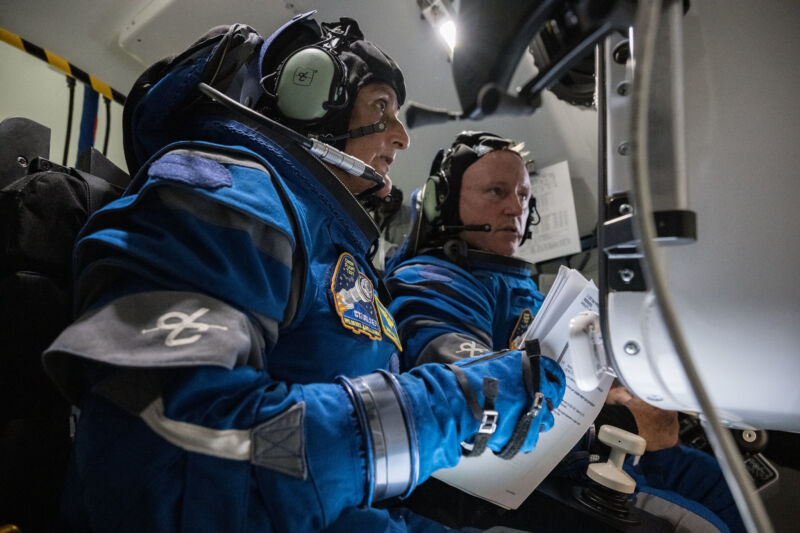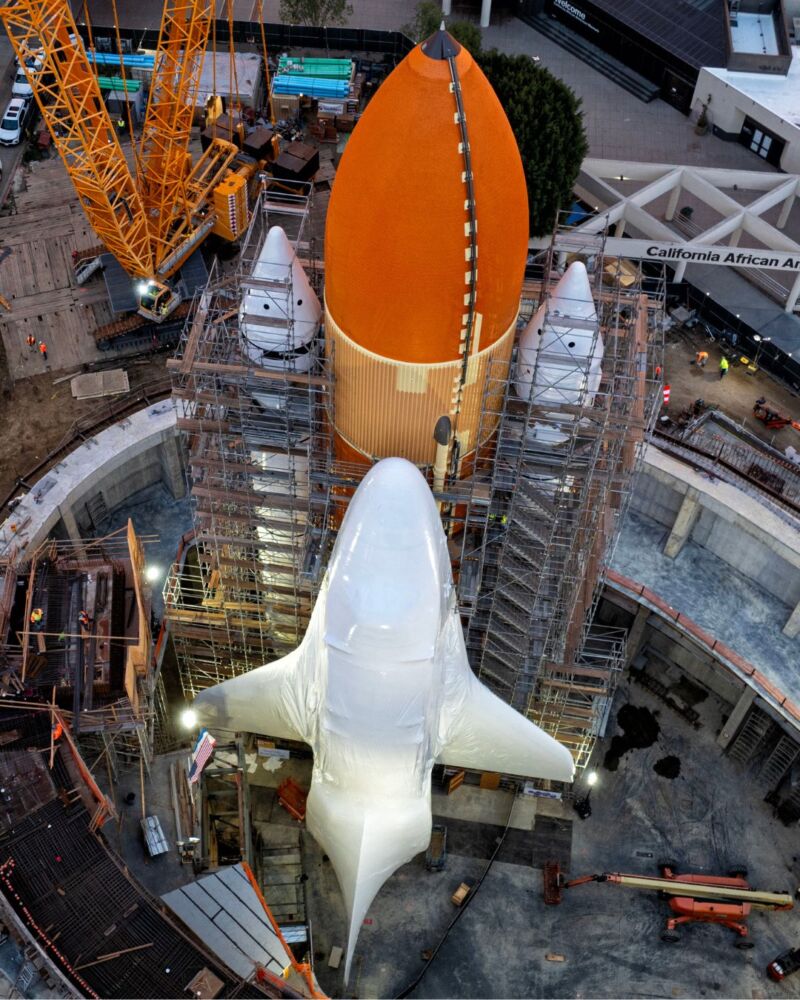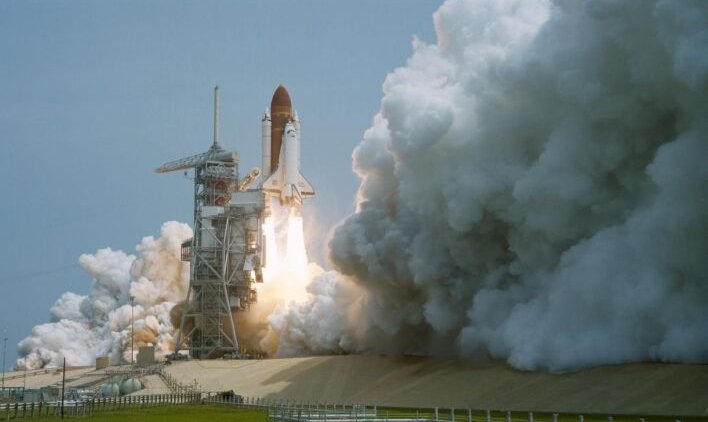-
 chevron_right
chevron_right
SpaceX got the fanfare, but Boeing’s first crew flight is still historic
news.movim.eu / ArsTechnica · 2 days ago - 19:32

Enlarge / Astronauts Suni Williams (left) and Butch Wilmore (right) inside a Starliner simulator at NASA's Johnson Space Center in Houston. (credit: NASA/Robert Markowitz )
If you want to know what it's like to take a new spacecraft on its first test run in orbit, there are only three people in the Western world you can call.
That fact should drive home the rarity of debuting a new human-rated spaceship. When Boeing's Starliner capsule lifts off Monday night, this group of three will grow to five. Veteran NASA astronauts Butch Wilmore and Suni Williams, both former US Navy test pilots, will be at the controls of Starliner for the ride into low-Earth orbit atop a United Launch Alliance Atlas V rocket.
"The first crewed flight of a new spacecraft is an absolutely critical milestone," said Jim Free, NASA's associate administrator. "The lives of our crew members, Suni Williams and Butch Wilmore, are at stake. We don’t take that lightly at all."




